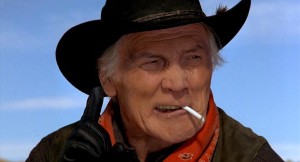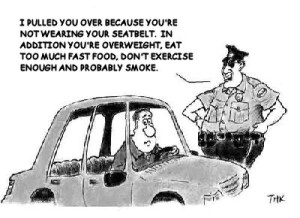 Unions formed to fight bosses who demanded more work for less pay in unsafe conditions. Majority support allowed ruthless employers to dictate wages without negotiation. Labourers built unions to force entitled elites to listen, to back down.
Unions formed to fight bosses who demanded more work for less pay in unsafe conditions. Majority support allowed ruthless employers to dictate wages without negotiation. Labourers built unions to force entitled elites to listen, to back down.
Premier Wynne and Minister Hoskins swagger through parliament. They attack new physician graduates with impunity and slander established doctors without shame. Then they lie about it (see We Expect Honesty from Our Government). Many physicians cry out for a union to fight back.
Union versus Association
Unions bargain collectively. Union bosses fight every instance of oppression. But they also shield low performers, promote incompetence in the name of seniority and willingly kill their young to get higher wages for senior dues-payers. Unionists lust after bigger membership lists, more dues, more power.
Associations work to promote an industry and ideals supported by trade professionals. Associations acknowledge excellence and kick out members who underperform. Individual workers get help only if their case shows potential to harm other members; unique cases get ignored. Unions and associations usually share features; they overlap.
Ontario Medical Union
The government legislates all physicians to be dues paying members of the Ontario Medical Association. The Rand formula makes collective bargaining doable. Even libertarians have no appetite for negotiating separately with over 60 physician specialty groups.
Forced dues and collective bargaining feel like unionism. But government carries the clubs and demands collectivism.
Design
The OMA acts like a union in collective bargaining but was never designed to fight for individual physician rights. There’s no dispute resolution when collective bargaining fails, and no work grievance process. The government can cut as much as voters will allow during ‘negotiations’. And it can treat individual doctors however it likes in between. There are no union bosses around to help.
Over time, the OMA has increased representation for individual physicians and beefed up its legal department. It offers contract review and advice for individual compensation issues. However, it does not show up for every grievance in the way a union boss does for his members.
Even without a 25-30% cut to net income, MDs fume that politicians can mistreat doctors with no legal reprisal. It enrages doctors and fuels cries for unionism. But the current OMA does not have the legislative authority, constitutional structure or mandate to behave like a union. This frustrates physicians even more.
Medical Union = Demise of Medicare
A union of 27,000 physicians would crush Medicare. The Ontario physician services agreement is the largest labor contract in North America. If MDs were fully unionized with dispute resolution and job action, the economy could not produce enough taxes to support such a beast.
The only reason Medicare hobbles along is because politicians can deal unfairly with physicians when times get tough. They make unilateral cuts or massively curb access, like they did all through the 1990s and from 2012 – present.
Patients and physicians face uncertain and troubling times in Ontario. But crisis creates opportunity. Let’s hope physicians and patients get a meaningful voice in the change that follows. When money runs out, governments tend to increase control. Politicians could decide to become even more regressive – more totalitarian – in their management of nationalised industry.
Our toes grip the end of the healthcare diving board this spring. A splash will follow. Let’s hope it’s not a flop.
photo credit: theguardian.com


